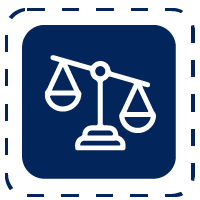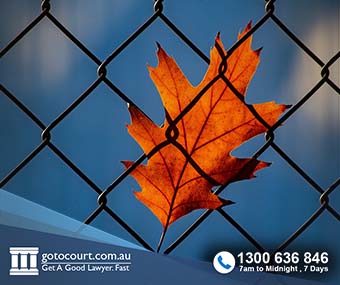Call our lawyers
now
or,
have our lawyers
call you
The Unthinkable: Teen’s sexting can lead to child pornography charges
Updated on Aug 25, 2016 • 4 min read • 247 views • Copy Link
The Unthinkable: Teen’s sexting can lead to child pornography charges
Our community was shocked by the revelations that a group of teenagers from a Gold Coast High School were subject to mass suspension as a result of producing and distributing child pornography material.
The Year 9 teenagers, both males and females, are believed to have been sexting naked photos of themselves with their peers. The school’s Principal confirmed that the group have been suspended for sharing the inappropriate photos, yet police have said they were unaware of the matter.
What is sexting?
Sexting is the use of phones, the internet, apps, or social media to share and publicise nude or sexually explicit images. As most phones have both back- and front-facing cameras with an internet connection, sexting is now easier than ever. However, when minors are sexting, it is very easy to be caught by the law.
Is sexting a crime?
Sexting is not unlawful if it is between consenting adults. However, under the Commonwealth Criminal Code Act 1995 child pornography material is defined as:
- material that portrays or describes a person; and
- that person is either under 18 or appears to be under 18; and
- the person is involved in a sexual pose or act, or is with someone else who appears to be involved in a sexual pose or act.
A person who then intentionally:
- receives the material and keeps it; or
- has asked for the material; or
- sent, posted, published or distributes the picture;
would be subject to the offence of using a carriage service for child pornography material. The maximum penalty is 15 years’ imprisonment.
What this means is that the child pornography offence will apply despite the person in the material consenting to the image being taken. The offence can still apply even though the person in the material is over the age of consent in their state (16 in all states and territories except for Tasmania and South Australia where the age of consent is 17).
There are currently no defences specifically for children in relation to this commonwealth crime.
There are also laws in every Australian state and territory which deal with indecency and the production of child exploitation, pornography, or abuse material. The age of the ‘child’ in the material ranges from 16 to 18, depending on the state.
Sex offender registers are also maintained by each state and territory. Currently, there is no national sex offender register.
Will my teenager be charged for sexting?
While any person under the age of 18 caught sexting may be subject to the offence under the Criminal Code Act 1995, section 273.2A requires the consent of the Attorney-General before proceedings for an offence can be commenced. However, a person under 18 years can still be arrested, charged or held in custody prior to the Attorney-General’s decision.
Other sexting crimes
Even if the Commonwealth Department of Public Prosecutions or the Australian Federal Police do not believe that the offence of using a carriage services for child pornography material was committed, they may charge the person with using a carriage service to transmit indecent communication to person under 16 years of age.
A person commits the indecency offence by:
- using a phone, the internet, an app, social media or any other carriage service, to communicate to another person; and
- that communication includes indecent material; and
- the person receiving the communication is under 16; and
- the sender is 18 or over.
Indecent material is material that is objectively offensive ‘according to the standards of ordinary people.’ This test means that the context and the content of the material used will be closely examined to determine whether the material is indecent by community standards.
The maximum penalty is seven years.
How does the law determine age in sexting crimes?
Courts and juries can use the following when determining the age of a person in the child pornography material or the recipient of the indecent material:
- The appearance of the person;
- Scientific or medical opinions; and
- Official documents.
A combination of how the person appears as well as their actual age is therefore used to determine whether the material is child pornography material and whether the recipient of indecent material is under 16 or appears under 16.
Conclusion
While it is important that child pornography and exploitation material is taken seriously, the same law that is meant to protect children can also be used to convict them. The risk is very real for teenagers caught sexting to be charged with child pornography or indecency offences.
In many cases police can decide to charge a less serious offence, refer teenagers to youth counselling, warn or caution the teenager, or let parents or the school decide the punishment. However, police are more likely to pursue the serious charges if the sexting is threatening in nature or harassing.
Fortunately for the students who were suspended, the police appear not to have been involved.

Affordable Lawyers
Our Go To Court Lawyers will assist you in all areas of law. We specialise in providing legal advice urgently – at the time when you need it most. If you need a lawyer right now, today, we can help you – no matter where you are in Australia.How It Works











1. You speak directly to a lawyer
When you call the Go To Court Legal Hotline, you will be connected directly to a lawyer, every time.


2. Get your legal situation assessed
We determine the best way forward in your legal matter, free of charge. If you want to go ahead and book a face-to-face appointment, we will connect you with a specialist in your local area.


3. We arrange everything as needed
If you want to go ahead and book a fact-to-face appointment, we will connect you with a specialist in your local area no matter where you are and even at very short notice.












